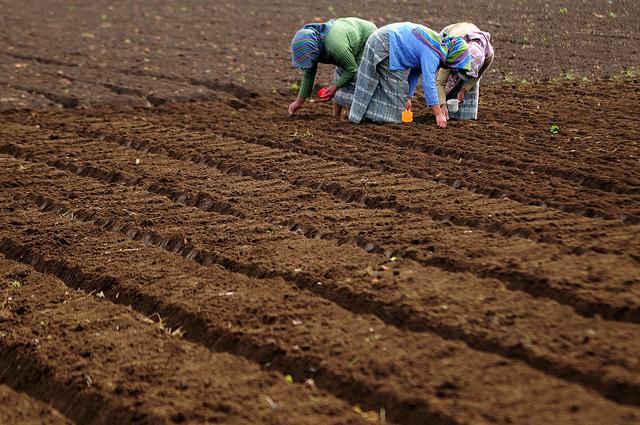Overview

The Global Index Insurance Facility (GIIF) facilitates access to finance for smallholder farmers, micro-entrepreneurs, and microfinance institutions through the provisions of catastrophic risk transfer solutions and index-based insurance in developing countries. GIIF’s regional partners have facilitated more than 13 million contracts, covering over 65 million beneficiaries, with approx. $2 billion in sums insured, reaching over one million with information and access to index insurance. GIIF’s objectives are to provide access to financing for the vulnerable; to strengthen the financial resilience of the poor against the impact of climate change and natural disasters, and to sustain food production for local communities and larger markets.
Index insurance is a relatively new but innovative approach to insurance provision that pays out benefits on the basis of a pre-determined index (e.g. rainfall level, seismic activity, livestock mortality rates) for loss of assets and investments, primarily working capital, resulting from weather and catastrophic events, without requiring the traditional services of insurance claims assessors. It also allows for the claims settlement process to be quicker and more objective. See FAQ Index Insurance for more information.
Insurance is important for development because uninsured losses lock vulnerable populations in a vicious cycle of destitution. Unfortunately, agricultural insurance and disaster insurance are either unavailable or expensive in many developing countries. Index insurance can help stabilize income for small businesses and farmers when crops are adversely affected by weather, thereby improving livelihoods, assets and long-term risk management for the world’s 2.5 billion small farmers.
GIIF STRATEGY
GIIF’s strategy, which relies on support and participation from both private sector and governments, is to build sustainable index insurance markets and promote innovative insurance solutions. Building new markets necessitates a multi-pronged approach which includes:
1) Financial Education: Public education and media promotion on index insurance for farmers, small businesses, MFIs, banks, distributors, and other clients as index insurance markets are still new and not well understood;
2) Capacity Building and Subsidies: Grants to research institutions, brokers, and NGOs to support training of local insurers and financial institutions on the design of index insurance policies and claims process as well as to conduct feasibility studies;
3) Technical Advice on Products and Pricing: Advisory services from the GIIF team technical specialists and partners to support creations of appropriate index insurance products that meet and stimulate demand for insurance;
4) Public Policy Dialogue and Regulatory Environment Facilitation: Support the strengthening of legal, regulatory, and supervisory systems related to index insurance at both national and regional levels and the establishment of the pre-conditions necessary to launch and regulate agricultural index-based insurance products, with proper fiscal incentives and regulatory tools. It is essential to employ the correct mechanism during each stage of the development of the insurance market, creating the right incentives that increase demand for insurance while at the same time addressing market failures.
For more information on regional/country overviews where GIIF index insurance markets are emerging, see Sub-Saharan Africa, Latin America & the Caribbean, and Asia-Pacific.
For more information on GIIF's 2019 recap in selected countries, click HERE.
